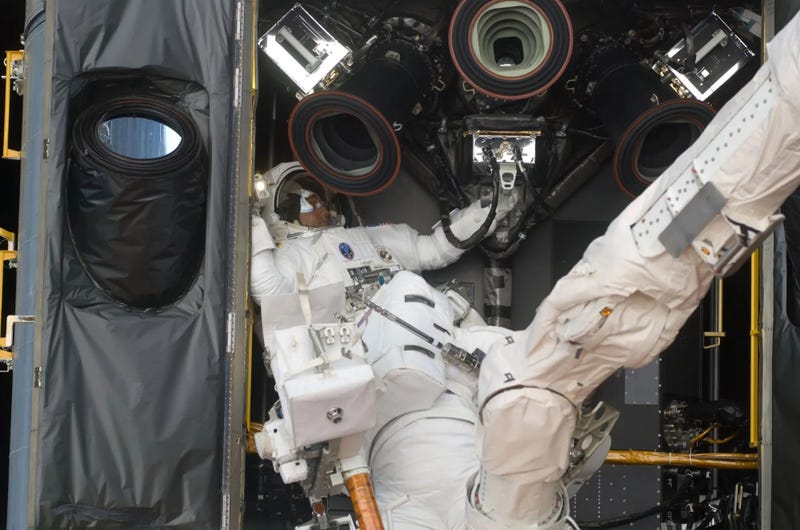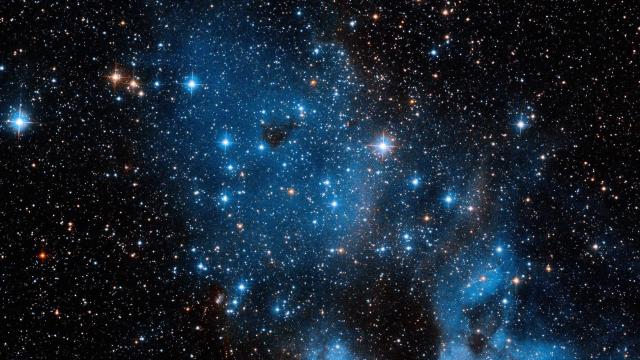NASA is addressing an issue with a Hubble Space Telescope gyroscope that prompted the observatory to enter safe mode on November 23. Science operations have been suspended as a result, but the space agency doesn’t seem too worried.
Hubble, launched on April 24, 1990, and renowned for its significant contributions to astronomy, is experiencing a technical issue with one of its gyroscopes, according to a NASA statement. The space telescope, operating in low Earth orbit, automatically entered safe mode on November 23. This safety protocol, which gets triggered when the gyroscope generates glitchy readings, has put a temporary halt to the telescope’s science operations. The gyroscope is crucial for measuring the telescope’s turn rates and ensuring it’s pointing in the desired direction.
NASA is not sounding any kind of serious alarm on the matter, saying Hubble’s instruments remain stable and the telescope is in overall good health. The space telescope has a history of stressing out its operations team, but it’s managed to bounce back each time. The telescope experienced similar safe mode events in 2008, 2018, and 2019. Most recently, Hubble overcame a major computer glitch in June 2021 and another software issue earlier that year.

Hubble’s operations team initially managed to recover the spacecraft and resume observations after it entered safe mode on November 19. However, the unstable gyroscope led to the suspension of science operations again on November 21, followed by another entry into safe mode on November 23.
The team at NASA is currently running tests to better understand the issue and develop possible solutions. If necessary, the spacecraft can be reconfigured to operate with just one gyroscope. This flexibility stems from the installation of six new gyroscopes during Hubble’s fifth and final space shuttle servicing mission in 2009. Out of these, three remain operational, including the one currently exhibiting fluctuations. While Hubble operates most efficiently using three gyroscopes, it can continue its scientific observations with only one if required.
NASA anticipates that the telescope will not only recover from this setback but also continue to work in tandem with other observatories, such as the James Webb Space Telescope. This collaboration is expected to extend throughout this decade and possibly into the next, ensuring Hubble’s ongoing contribution to our understanding of the cosmos.
